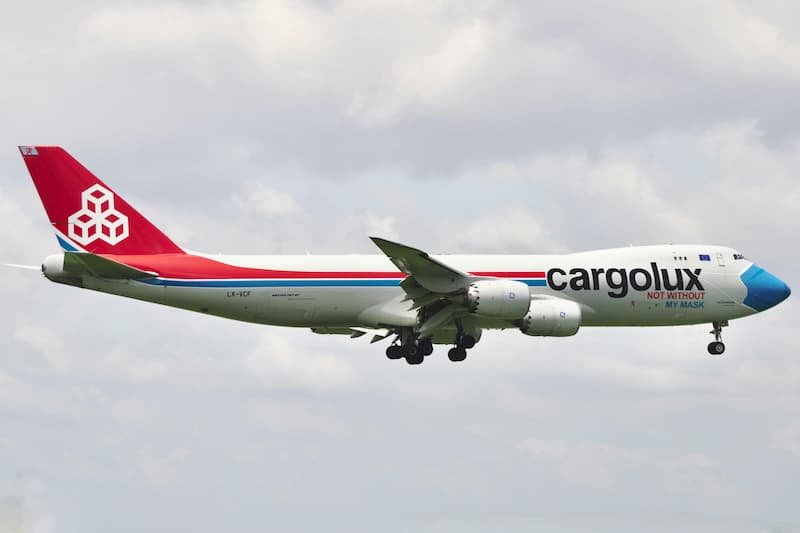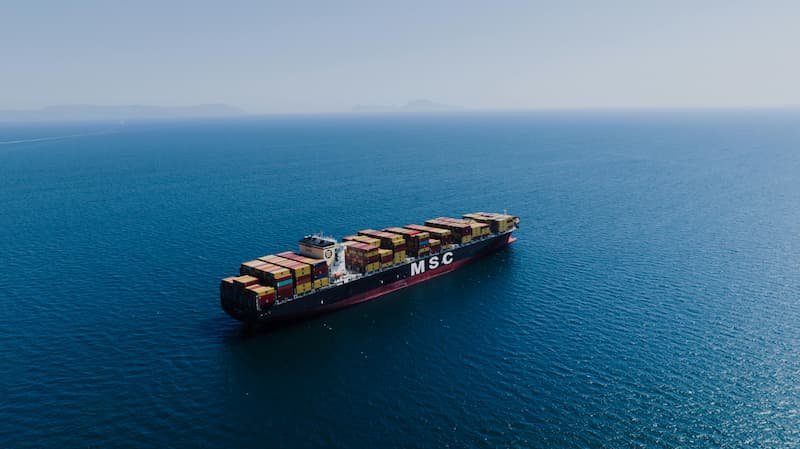
 Olivia Møller
Freediver - Activist - Explorer
Olivia Møller
Freediver - Activist - Explorer

 Olivia Møller
Freediver - Activist - Explorer
Olivia Møller
Freediver - Activist - Explorer
Two-day delivery used to feel like witchcraft. Today it is table stakes. In 2024 the World Economic Forum warned that urban last-mile emissions are on track to jump sixty percent by 2030, mostly because shoppers click “express” without blinking. Those clicks launch a relay of trucks, planes, and vans that look invisible in a checkout window yet carve CO₂ contrails you can trace from the stratosphere.
Outdoor brands lean into the rush. “Gear up for the weekend” banners push timers that mimic scarcity, never mind that the same fin will sit in the same warehouse next Monday. Each timer sells a feeling: if your parcel takes a week, you might miss the dive or the Instagram story. That fear of missing out is now a built-in feature, not a bug. The irony is brutal. Freediving celebrates patience, breath control, and a long view of time, yet its commerce rides on the shortest fuse.
Speed has a price you can measure in grams per tonne-kilometer. Air freight burns through roughly 1,000 grams of CO₂ for every tonne moved one kilometer. Ocean freight averages 19 grams for that same distance. Another analysis puts the delta at forty-seven times more greenhouse gas per ton-mile.
Imagine shipping a 2-kilogram pair of carbon fins from Athens to Los Angeles, roughly 11,000 kilometers. By air the trip emits about 22 kilograms of CO₂, the same as driving a mid-size petrol car one hundred kilometers. By sea the load drops to under half a kilo. Multiply that by every express order placed during a holiday sale and the math starts to read like a spill.
The outdoor sector compounds the damage because its products are weight-efficient but bulk-fragile. A wetsuit or snorkel is light compared with a refrigerator yet demands protective air pockets, plastic pillows, and double-wall cardboard. Airlines hate dead space, so they compensate with yet more flights. Fish feel none of this arithmetic. They just adapt to warmer water or fail to adapt at all.
Packaging hides behind the happy fiction that “recyclable” equals “recycled.” The planet generated over 300 million tonnes of plastic packaging last year and recycled only nine percent. Paperboard looks cleaner, but the global industry still pumped out 110 million tonnes in 2019 and keeps rising with e-commerce growth.
Fast shipping multiplies waste through two mechanisms. First, items ship in smaller, individual parcels instead of consolidated pallets. Second, the brittle timelines leave no room for optimized, reusable containers. Retailers over-box because a dented product triggers expensive, time-sensitive returns. The result is coral reefs of cardboard and bubble wrap stacked behind every dive shop on Monday mornings.
One 2020 study found that fast-ship options raise emissions and logistics costs up to 68 percent over standard delivery, partly due to heavier packaging per unit. All of that disposable armor protects gear that claims to “save the ocean.”

Brands rarely show their work when they brag about carbon neutrality. The promise that “your order will arrive tomorrow” hides the supply-chain gymnastics required to make that true. Cargo planes fly half-full to hit deadlines. Delivery vans retrace routes because a customer toggled from evening slot to morning slot. These inefficiencies are invisible to the buyer, yet the atmosphere tallies every detour.
UC Davis logistics expert Miguel Jaller put it bluntly, the faster the promise, the dirtier the trip. The Time Magazine analysis echoes him, noting that freight deliveries in many U.S. cities have doubled in a decade as households substitute bulk shopping trips with multiple doorstep drops.
Outdoor advertising reinforces the illusion. A countdown clock persuades you the adventure will evaporate unless you pay for priority. The truth is simpler, coral reefs will bleach faster than your order will grow stale. Every express click is a vote for jets over turtles.
Speed can be trimmed without killing stoke. Here are levers brands and consumers can pull:
Sea-first routing, ship replenishment stock by container vessel and reserve air only for medical or warranty emergencies
Regional micro-warehouses store popular sizes in key markets to cut air hops
Shipping calendars offer customers visible “green windows” that consolidate orders into weekly sea-freight batches
Return friction, extend trial periods but ask buyers to wait forty-eight hours before creating a return label. Cooling-off delays slash bounce backs
Reusable packaging loops, pilot hard-case totes that cycle between warehouse and customer for high-value fins
Transparent checkout widgets display the CO₂ delta between express and standard in plain numbers. Let the buyer watch the needle move
Several European outdoor labels already offset express routes at cost to the company rather than the shopper. Offsetting is not a silver bullet, yet it resets the price signal. If shipping pollution becomes a line item on the balance sheet, finance teams get creative fast.

The most sustainable fin is the one you already trust at six atmospheres. When you must buy, order early, pick standard or economy, pool purchases with buddies, and leave notes asking the seller to reuse packaging. If a brand will not publish freight data or reduction targets, e-mail them. Silence tells you plenty.
Remember why you dive, to slow breath, to tune in to rhythms measured in heartbeats and tides. Let the checkout timer expire. Let the parcel float across the globe by ship. You will still have the gear long after the tracking page is forgotten, and the ocean will have a few less contrails to swallow.